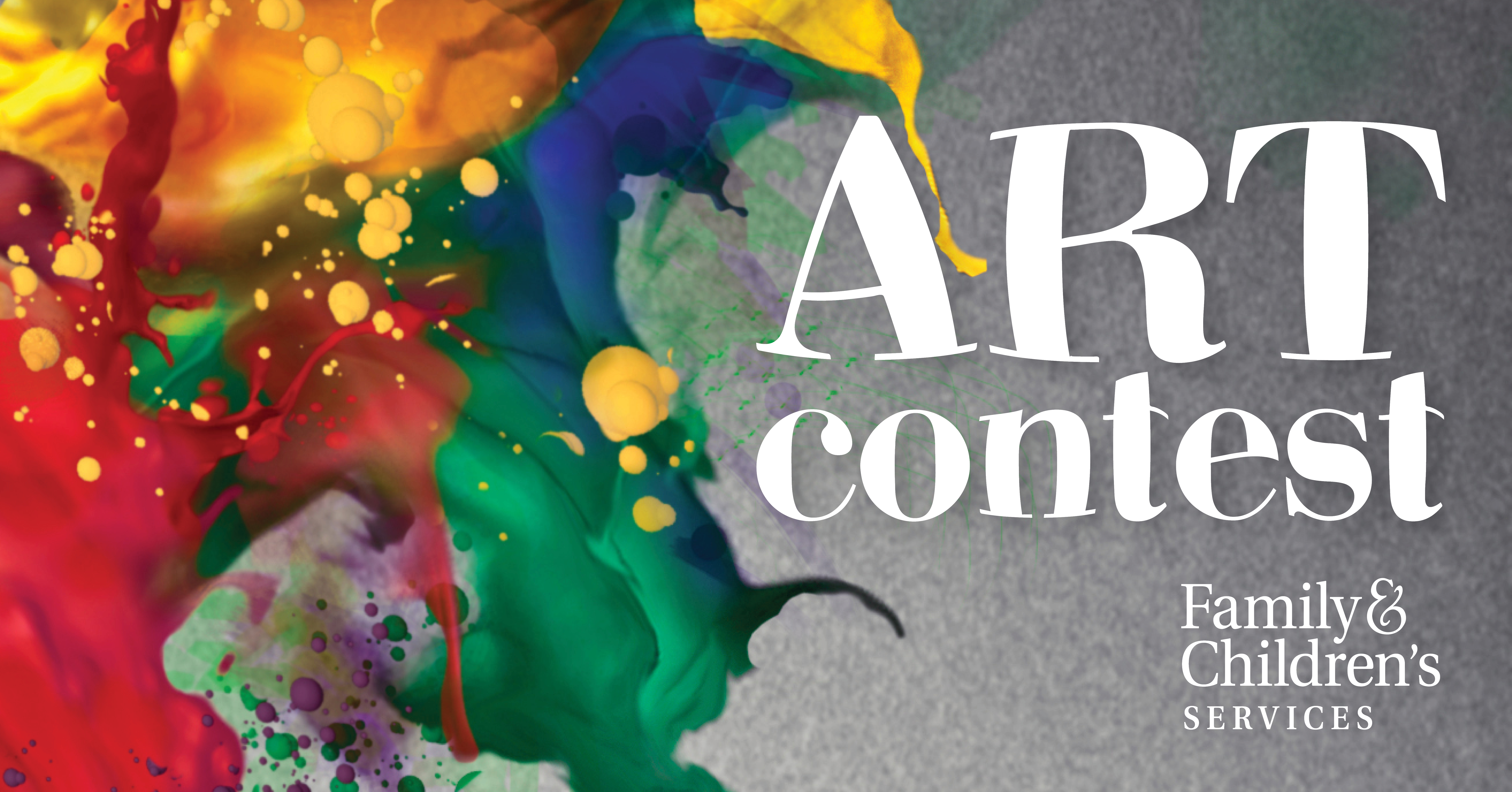Bringing Art Back To Life
페이지 정보

본문
Art restoration is a delicate process that demands great attention to detail and finesse. It is an essential component of preserving our cultural heritage and ensuring the art of the past thrives for generations to come. By restoring damaged or deteriorated artworks, conservators can breathe new life into these treasures and allow people to appreciate their beauty and significance once again.

One of the primary goals of art drawing contest restoration is to stabilize the artwork and prevent further deterioration. This may involve consolidating loose layers of paint or varnish, repairing cracks or breaks, or removing old restoration work that may have been incorrectly applied. Once the artwork is stable, conservators can focus on restoring its original appearance, using techniques such as retouching, inpainting, and gilding to repair damaged areas or missing details.
But art restoration is not just about aesthetics; it is also about understanding the history and significance of the artwork. By studying an artwork's provenance and condition, conservators can gain a deeper understanding of its cultural and historical background. This knowledge can help inform restoration decisions, ensuring that the artwork is preserved in a way that respects its original purpose and meaning.
The art restoration process can be complex and time-consuming, involving multiple stages and requiring the collaboration of conservators, researchers, and other specialists. Some restoration methods involve removing old varnish or overpainting to reveal the original colors and textures of the artwork. Others may involve conserving fragile or deteriorated materials, such as old book pages or fragile ceramics.
In addition to art restoration, conservation efforts also involve protecting artworks from further damage and deterioration. This may involve displaying them in controlled environments, such as climate-controlled museums or galleries, and using specialized materials and techniques to prevent damage from light, moisture, or other environmental factors.
Today, art restoration is an interdisciplinary field that draws on expertise from art history, chemistry, physics, and conservation science. By combining traditional techniques with modern knowledge and technology, conservators can achieve outstanding results that enhance our understanding and appreciation of the art of the past. Ultimately, art restoration is a vital part of preserving our cultural heritage and ensuring the art of the past continues to inspire and educate us in the present and future.
Some of the most notable examples of art restoration include the restoration of Da Vinci's or Michelangelo's Last Supper, the repair of Caravaggio's or Raphael's David with the Head of Goliath, and the consolidation of Michelangelo's or Leonardo's frescoes in the Sistine Chapel. These projects demonstrate the power of art restoration to conserve and restore some of the world's most valuable and culturally significant artworks.
In conclusion, art restoration is a vital process that helps preserve our cultural heritage by restoring damaged or deteriorated artworks. It requires a deep understanding of the artwork's history, significance, and cultural context, as well as advanced technical skills and knowledge. By combining these elements, conservators can achieve outstanding results that inspire and educate us for generations to come.
- 이전글Truck Graphics At Whenever You 25.05.21
- 다음글Unleashing Your Potential 25.05.21
댓글목록
등록된 댓글이 없습니다.




